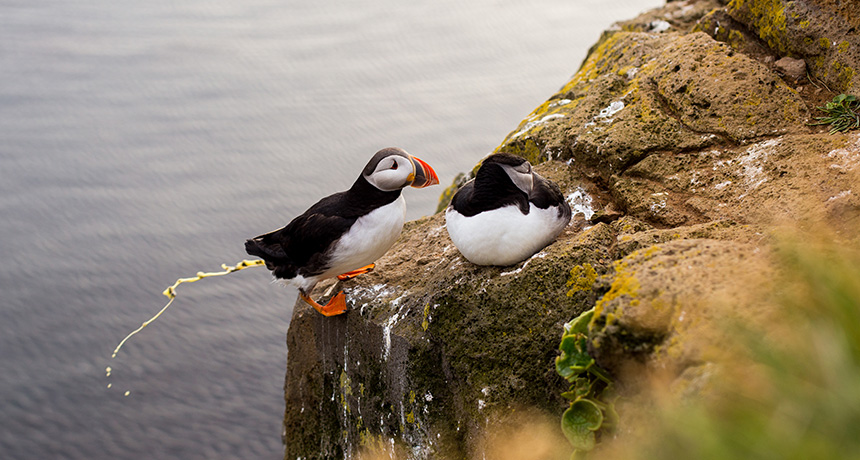
There’s something cool about Arctic bird poop
Science News, November 2016Seabird poop helps the Arctic keep its cool, new research suggests.

Seabird poop helps the Arctic keep its cool, new research suggests.
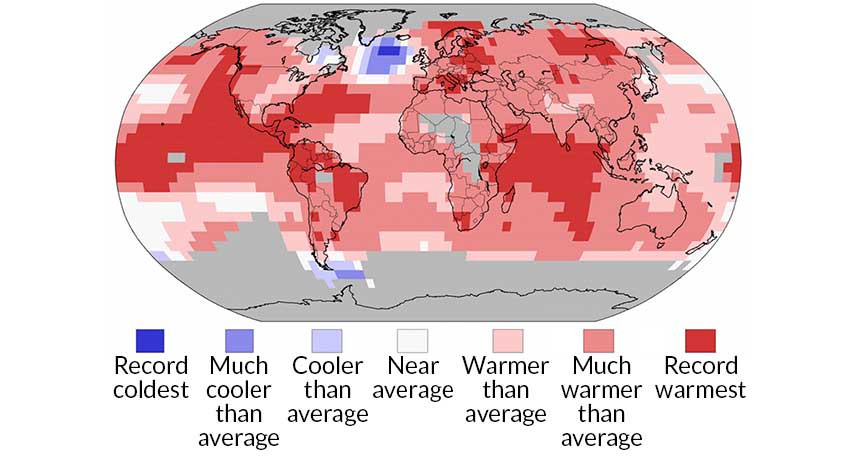
The sweltering heat that smashed temperature records in 2015 will soon be par for the course.
Adapted for Science News for Students.

Plants temporarily halted the acceleration of rising carbon dioxide concentrations in the atmosphere, new research suggests.
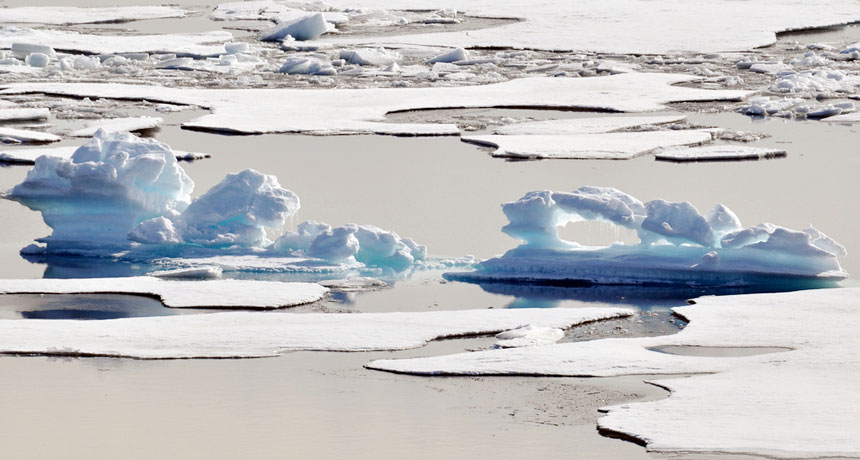
The average American’s carbon dioxide emissions are responsible for shrinking Arctic sea ice by nearly 50 square meters each year.
Adapted for Science News for Students.
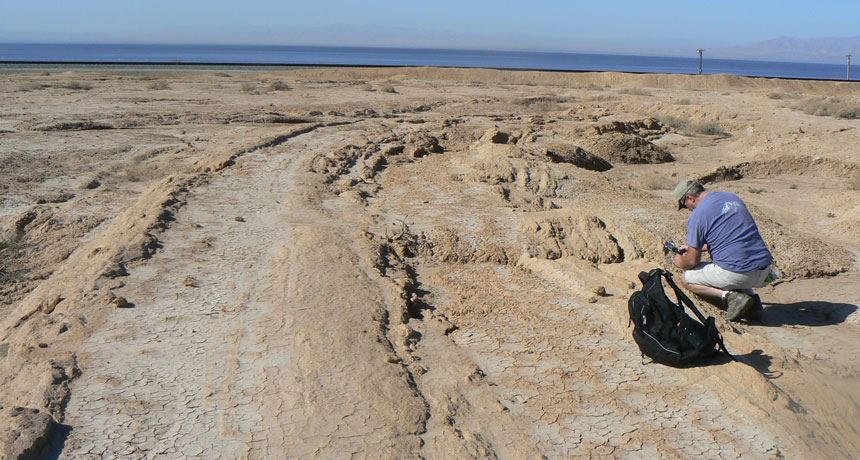
Meet the San Andreas Fault’s newfound neighbor. Mapping deformations deep underground along the shoreline of a Southern California lake called the Salton Sea, seismologists discovered a fault that runs parallel to San Andreas’ southern end.

The hunt is on for chemicals to keep both you and the planet cool.
Clever chemistry could take the salt out of water softening.
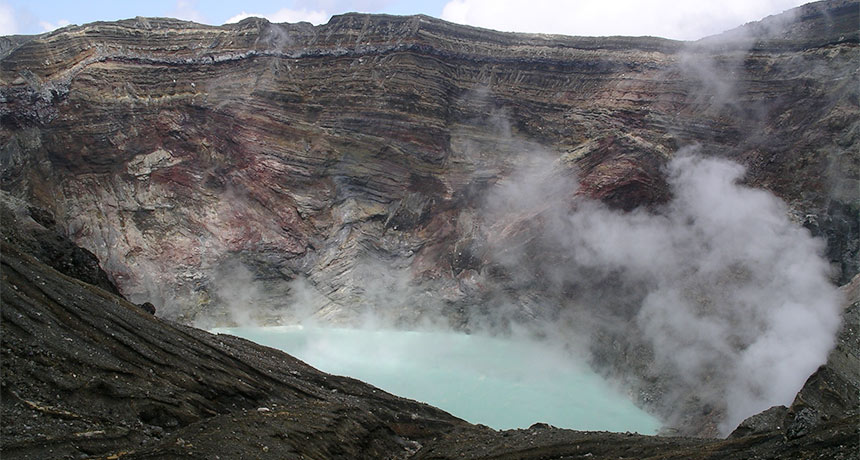
A titanic volcano stopped a mega-sized earthquake in its tracks.
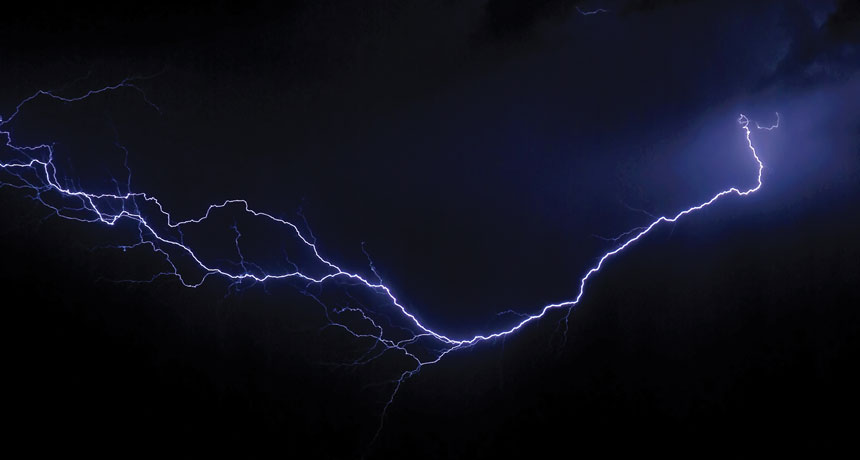
Two electrifying light shows were much more than flashes in the pan. A 2007 thunderstorm over Oklahoma produced a lightning flash that stretched more than 321 kilometers horizontally — roughly the distance from Washington, D.C., to New York City. In southern France in 2012, a single lightning flash lit up the sky nonstop for 7.74 seconds, enough time for light to make about three round trips from Earth to the moon.
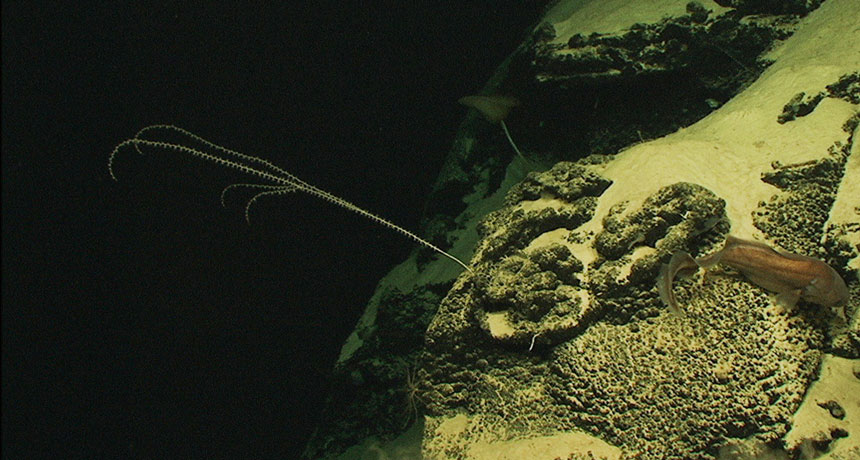
Deep-sea viruses aren’t just dealers of disease; they’re crucial players in Earth’s nutrient cycles. In marine sediments, virus assassinations of single-celled life-forms called archaea play a much larger role in carbon and other chemical cycles than previously thought, new research suggests.